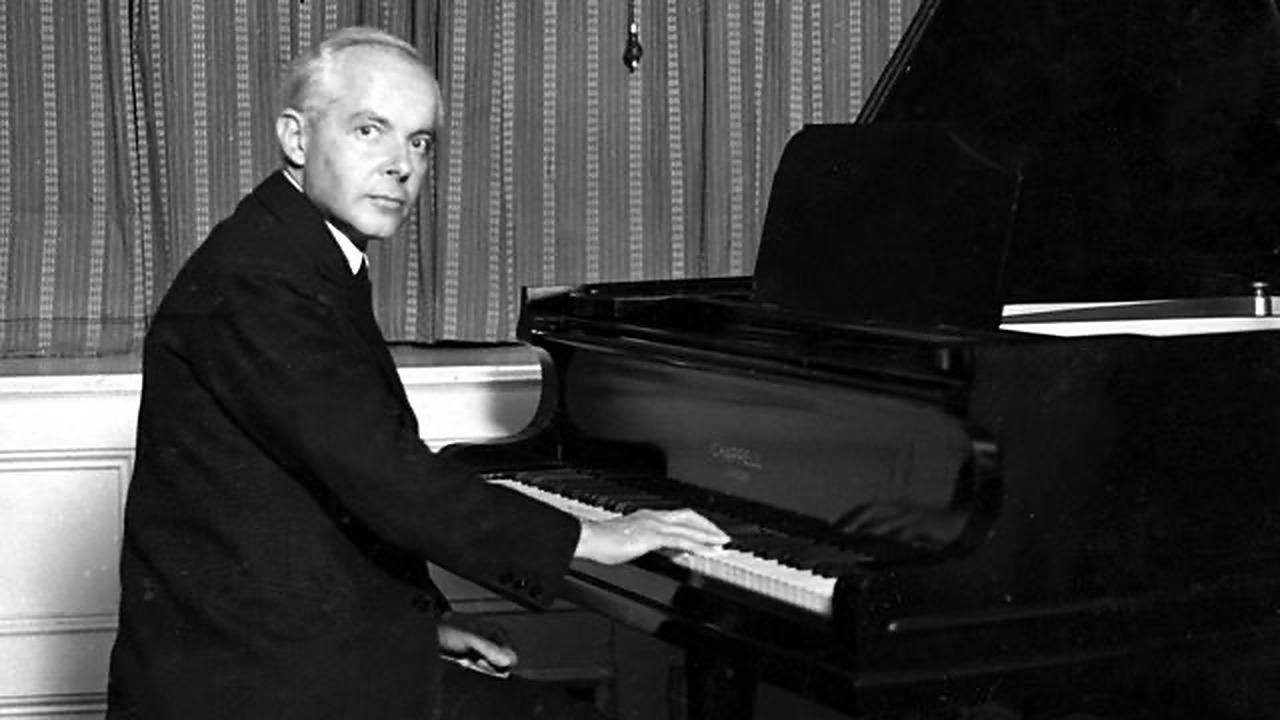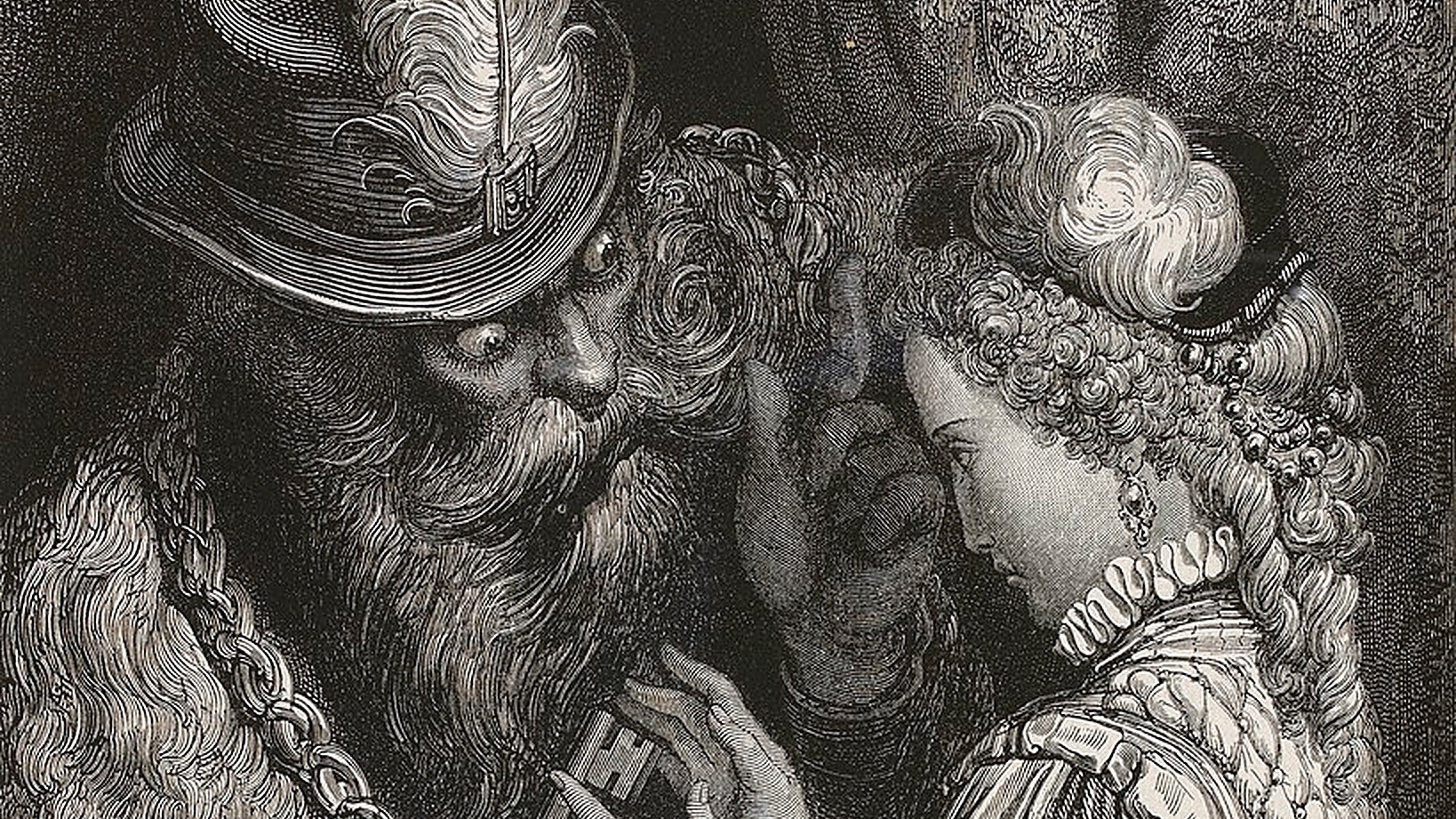Bartók’s Allegro Barbaro: Zoltán Kocsis
In 1908, the young Béla Bartók, along with his compatriot, Zoltán Kodály, traveled to remote corners of the Hungarian countryside to document the peasant folk music of the Magyars. This is the ethnic group which occupied the region between the Volga River and the Ural Mountains between the eighth and fifth centuries B.C. before migrating west to form present-day Hungary. The colorful inflections of this music, as well as the jagged, irregular …





